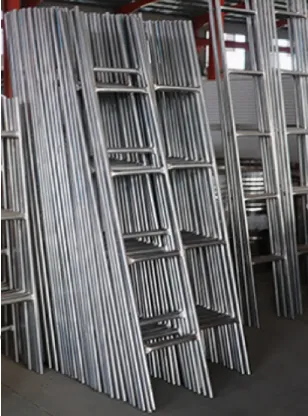loading...
- No. 9, Xingyuan South Street, Dongwaihuan Road, Zaoqiang County, Hengshui, Hebei, China
- admin@zjcomposites.com
- +86 15097380338
- Welcome to visit our website!
frp railing
The Benefits of FRP Railing A Modern Solution for Safety and Aesthetics
In the realm of construction and architectural design, the choice of materials plays a pivotal role in determining the safety, functionality, and aesthetic appeal of structures. One such innovative material that has gained significant traction in recent years is Fiberglass Reinforced Polymer (FRP). Particularly when it comes to railings, FRP offers an array of advantages that make it an ideal choice for both residential and commercial applications.
Understanding FRP
Fiberglass Reinforced Polymer is a composite material made from a polymer matrix reinforced with fiberglass. This combination results in a product that is both lightweight and incredibly strong, making it an excellent alternative to traditional materials like wood, metal, or concrete. The properties of FRP railings make them suitable for a diverse range of environments, including coastal areas, industrial sites, and outdoor landscapes.
Safety First
Safety is always a primary concern in any construction project, and railings play a crucial role in ensuring this safety. FRP railings are designed to withstand harsh environmental conditions, including extreme weather, corrosion, and UV radiation. Unlike metal railings that can rust over time or wooden railings that may rot, FRP railings maintain their structural integrity and aesthetic appeal with minimal maintenance. This durability means that they can provide reliable barrier protection for years, reducing the risk of accidents and enhancing overall safety.
Aesthetics and Design Flexibility
frp railing

Another significant advantage of FRP railings is their versatility in terms of design. FRP can be molded into various shapes and colors, allowing architects and designers to create customized solutions that align with specific design visions. Whether you prefer a sleek modern look or a more traditional style, FRP can be tailored to fit your project perfectly. This ability to blend aesthetics with functionality is particularly appealing in public spaces, such as parks, transportation hubs, and commercial areas, where visual impact is as important as safety.
Cost-Effectiveness and Sustainability
Although the initial investment in FRP railings may be higher than some traditional materials, the long-term savings can be significant. The durability of FRP means lower maintenance costs and reduced need for replacements over time. Furthermore, because FRP is resistant to environmental degradation, these railings contribute to sustainable building practices, thereby minimizing waste and conserving resources.
Environmentally Friendly
Speaking of sustainability, it’s worth noting that FRP is often made using recycled materials. As industries move toward greener practices, utilizing recycled components in building materials contributes to reducing carbon footprints. Additionally, the lightweight nature of FRP makes transportation and installation easier, further minimizing environmental impact.
Conclusion
In conclusion, the adoption of FRP railings represents a forward-thinking choice in modern construction. With their unparalleled durability, aesthetic versatility, cost-effectiveness, and environmental benefits, FRP railings cater to the demands of contemporary architectural design while prioritizing safety. As the construction industry continues to innovate, materials like FRP are paving the way for safer, more sustainable, and visually appealing spaces. Whether you're looking to enhance the safety of a commercial property or design an outdoor space, FRP railings are undoubtedly a smart, stylish, and sustainable choice for the future.
-
The Rise of FRP Profiles: Strong, Lightweight, and Built to LastNewsJul.14,2025
-
SMC Panel Tanks: A Modern Water Storage Solution for All EnvironmentsNewsJul.14,2025
-
GRP Grating: A Modern Solution for Safe and Durable Access SystemsNewsJul.14,2025
-
Galvanized Steel Water Tanks: Durable, Reliable, and Ready for UseNewsJul.14,2025
-
FRP Mini Mesh Grating: The Safer, Smarter Flooring SolutionNewsJul.14,2025
-
Exploring FRP Vessels: Durable Solutions for Modern Fluid HandlingNewsJul.14,2025
-
GRP Structures: The Future of Lightweight, High-Performance EngineeringNewsJun.20,2025
